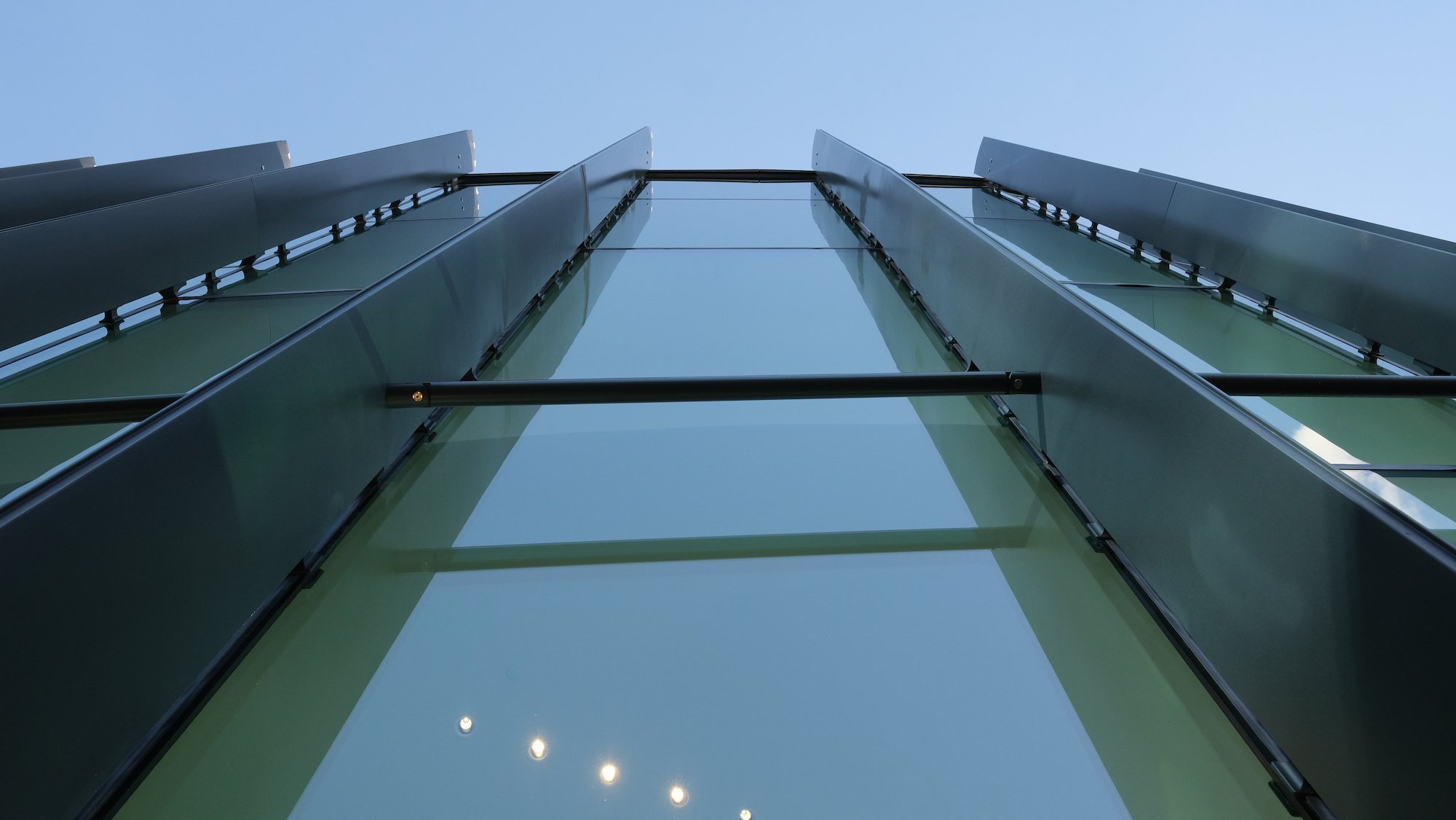
IG insights
The latest in curtain wall technology, industry trends, Innovation Glass news, and more.
The M1 Bank renovation embodies a progressive approach to design, merging old and new while paving the way for a sustainable, low-impact future. VS1 is the ideal curtain wall system for preserving our architectural heritage with minimal environmental impact.
In the end, everything in life comes down to details: the phrase at the start of a speech that becomes legendary, the perfect transition in a melody, the shape of a tree trunk to allow it to sway without falling… It is said that “God is in the details” and the person to whom this phrase is attributed is German-American modernist architect Ludwig Mies van der Rohe.
Quietly since 2006, a new curtain wall solution strategy has entered the built environment to offer better solutions to modern building envelope requirements: Hybrid Point-Supported.
Innovation Glass offers renovation services with our entire suite of curtain wall technology. VS1 is extremely well suited for building rehab projects as it is responsive to existing structural conditions and able to accommodate significant in-plane movements and large vertical live loads.
A newly launched custom projects page on the website, a sustainability workshop in NYC, VS1-g installations, and recently completed projects! Read more about all the latest VS1 news.
The many design freedoms VS1 offers designers includes the creation of multi-faceted facades: an exterior building surface with 3-dimensional texture created by multiple fold lines in the exterior skin. The results can lead to bespoke architecture as seen below whilst still achieving excellent value for the owner by using the VS1 technology.
A merit award for a dual wall at Dartmouth College, a sustainability workshop in San Francisco, and project updates! Read all the latest VS1 news!
Among the many attributes of VS1 is the ability to create segmented walls. A segmented wall utilizes incremental flat glass segments to achieve a curved, stepped, or sawtooth aesthetic. For curved walls flat glass panels are possible in lieu of costly hot bent glass.
Our team works hard to decrease the "operational carbon" of buildings—the energy required to heat, cool, ventilate, and light a space—through smarter facade design.
Read more about reducing operational carbon in facade design→
While many sustainability efforts have focused on the "operational" carbon footprint of buildings—energy used for heating, cooling, and lighting—our industry is now also focusing on "embodied carbon," the carbon footprint of building materials themselves.
Influenced by many years of collecting and building LEGO®, Innovation Glass CEO Franz Safford invented a uniform kit of parts to allow for standardization of a new building methodology while also encouraging design freedom for the architect.












By applying rational thought and analysis to various wall conditions on buildings and developing appropriate details to accommodate the dynamic nature of building components and their performance, elegant, high performing façade solutions result that maximize value for owners and contribute to achieving excellent architecture.
Read more about curtain wall deflections→